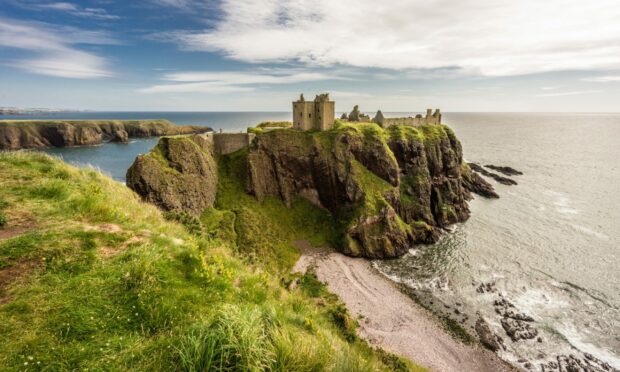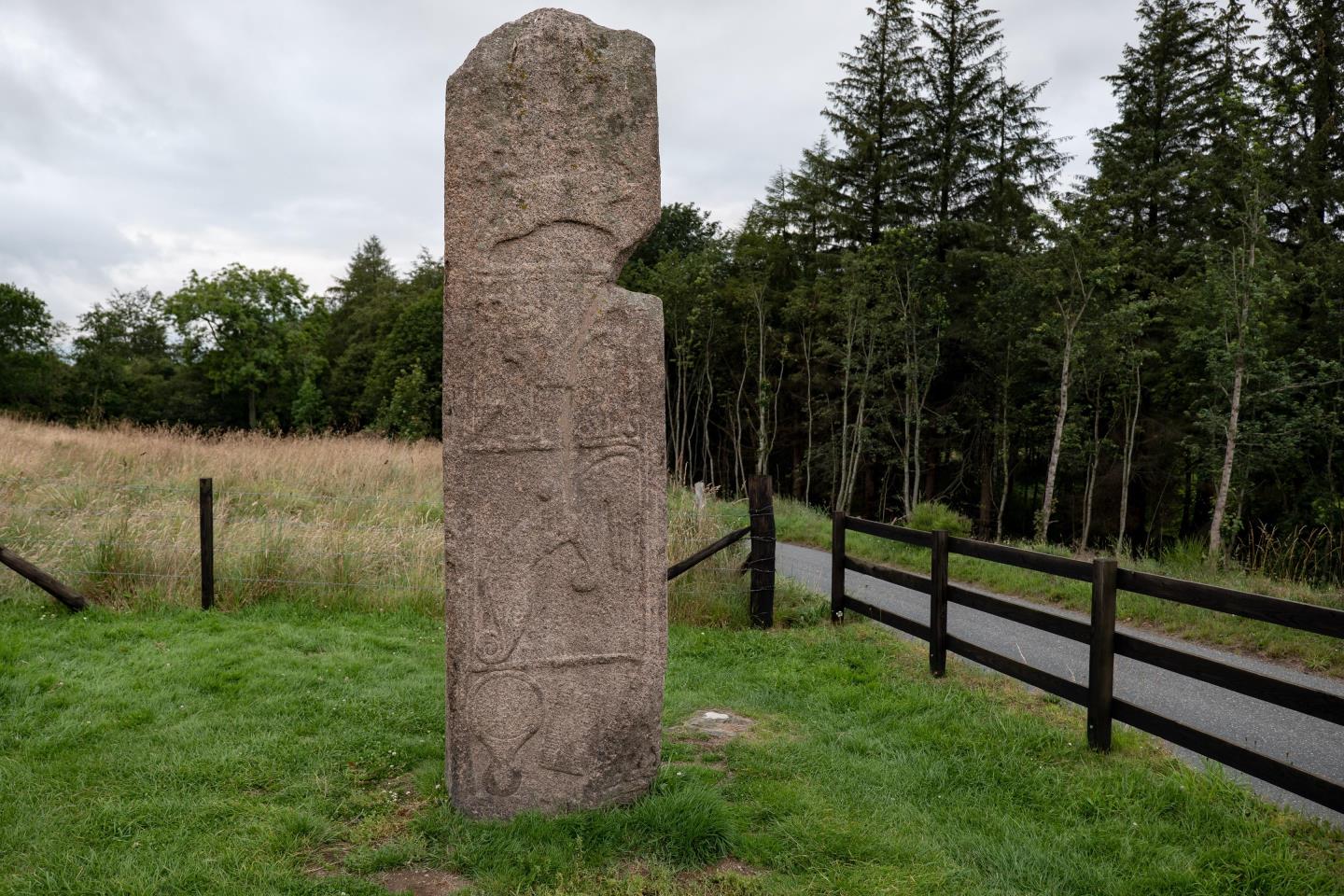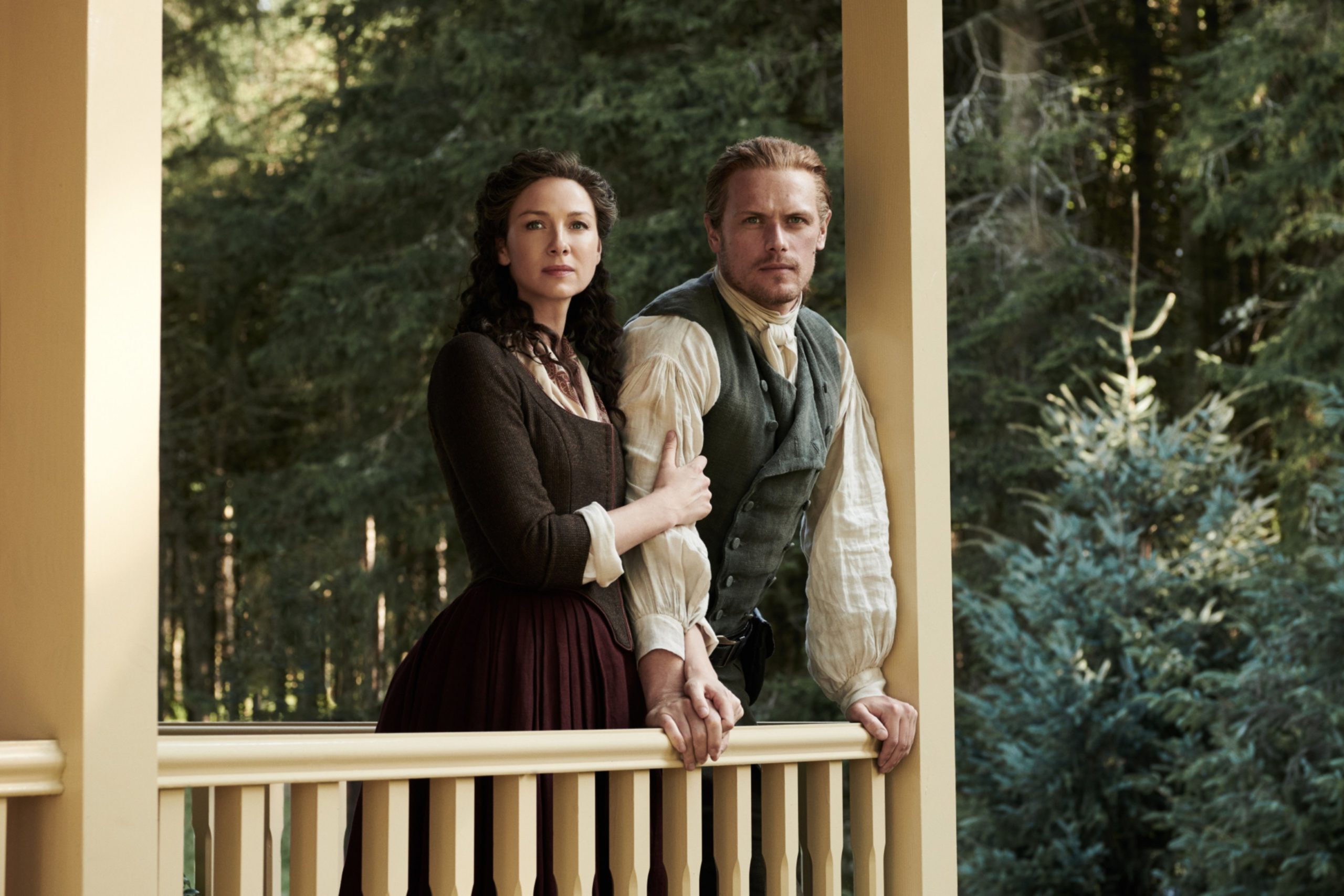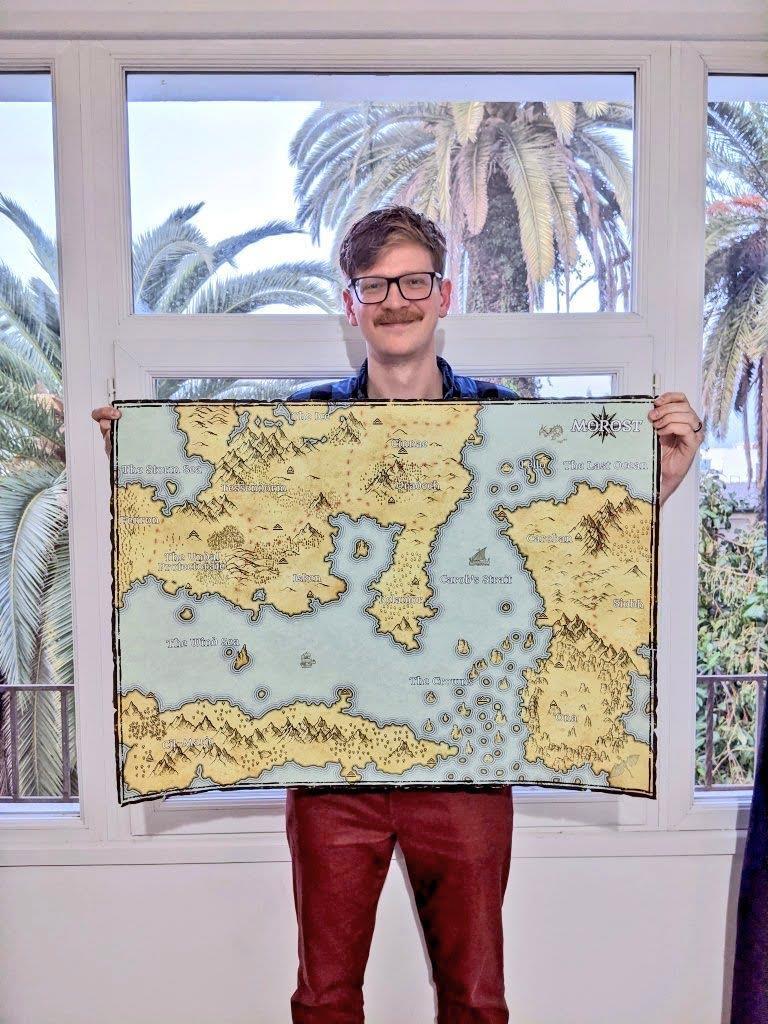The north-east of Scotland is spectacularly well suited to inspire fantasy fiction.
The combination of rugged landscapes, crumbling ruins and a storied past are worthy of the most grandiose of fantasy epics. It was a fundamental inspiration for my own book, The Gauntlet and the Fist Beneath.
One of the main tenets of fantasy world-building is the idea of creating a believability in the history and reality of that fantastic world. This can be done in many ways. JRR Tolkien focused on the linguistics underlying the peoples of Middle Earth and the minutiae of the nature his characters were immersed in, whereas Ursula K Le Guin used sharply observed social dynamics to lend believability to her own works.
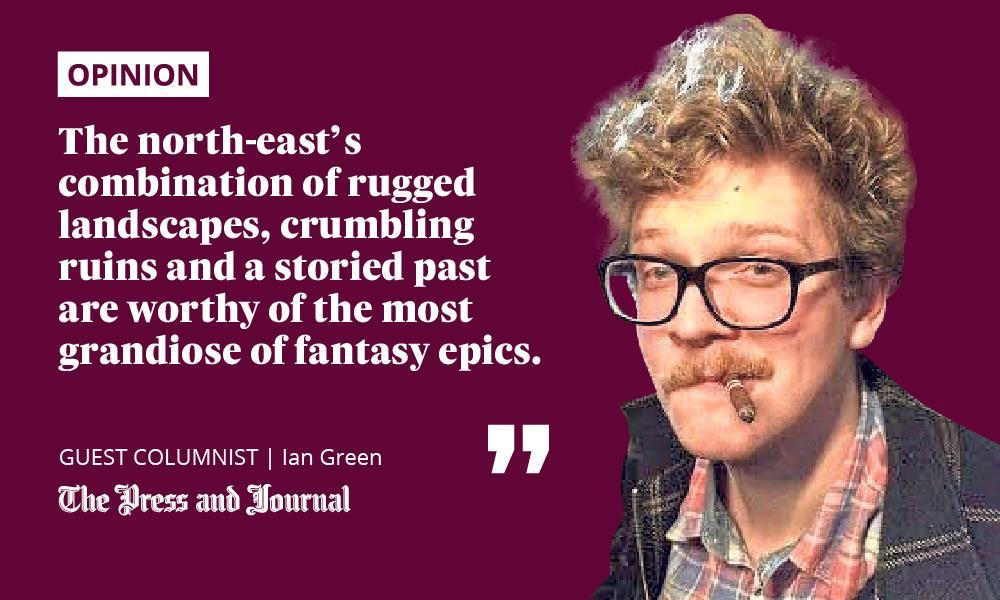
Inspiration from the north-east can lend believability to any writer of fantasy looking to build a complex world, through artefacts, ruin and geography.
A great example of an artefact that feels stolen from the story books, and may inspire many more, is the Maiden Stone – a three metre tall slab of pink granite. It stands proud in a farmer’s field in the shadow of Bennachie.
The stone is marked not only with ancient Pictish symbols, but also overlaid with more modern Christian marks. Its provenance in fable is that of a young woman who lost a bet with a devil and was turned to stone as she fled in fear.
What lesson can the fantasy writer take from this kind of stunning historic monument? It is the layering of history, the combination of cultures writing over each other’s works and how that is then interpreted. In my book, I took this idea and incorporated it into my world – border stones etched in runes of the old empire now decorate the halls of their former enemies.
No time constraints in fantasy worlds
The north-east of Scotland has one of the highest concentrations of castles and forts in the world. Aberdeenshire boasts more than 260 castles, ruins and stately homes. The castle trail beginning at Stonehaven captures the most dramatic 19 of these, ranging from the ruined grandeur and epic views of Dunnottar to the fairytale wonders of Castle Fraser and Crathes Castle.
Fantasy fiction is often set in a pre-industrial age, where castles and forts are bastions of safety against a wild world. Clambering the crumbling walls of Tolquhon Castle as dark clouds of crows cast up from the wind-battered pines nearby, you can picture what it might have been like to look out across field and forest, nervous of what might come from the darkness.
Fantasy, of course, doesn’t need to be constrained to that narrow medieval framework. Books like the Outlander series by Diana Gabaldon take a more recent setting, the Jacobite rebellion, with its own intricate history and its own touchstones of history.
Scotland’s long history of conflict and exploration can also be drawn on – the RRS Discovery in Dundee is a wonderful example of the age of sail, and anyone interested in the intricacies of sailing and exploration would be well served by a visit.
Nature anchors the reader
Regardless of what era or style of fantasy is being pursued, the north-east has another string of inspiration that is relevant regardless of time. Its geography is brutal and beautiful in turn, from the wending golden shores of Balmedie Beach to the wind-torn peaks of the rolling Cairngorms, cossetted by dark forest and tumbling rivers.
“For my own work, images like the slick stone of Blackdog Rock just north of Aberdeen struck a chord as at once utterly natural and still alien and strange
Immersing the reader in the natural side of a fantasy world can help anchor them, even as more fantastical elements are worn through. Climbing Mount Keen and peering back across the coastal lowlands, or tramping the mossy-floored forests that sprawl between towns and farms, you could be in any number of David Gemmell’s Rigante novels, or the lands of the Starks in Game of Thrones.
For my own work, images like the slick stone of Blackdog Rock just north of Aberdeen struck a chord as at once utterly natural and still alien and strange. In the gloaming woods of Tyrebagger forest, I walked as a child and saw sculptures of living and dead wood, great hulking bison and stranger creatures emerging from the half-light under dense pine.
These moments were seeds of what was to come in my own work. The concepts of animist spirits roaming dark woodland are realised in The Gauntlet and the Fist Beneath – the idea of spirits as manifestations of place goes back to early theories of Celtic and Pictish animism. Those eras and mythologies are time we can never truly understand, but can perhaps imagine.
The history of the north-east is one of industry and art and science, trade and war. Again, this interweaving of elements is perhaps the key to a believable world, and there are many historical incidents that could serve to fuel a more fantastical narrative.
Any imagined worlds based on the area can only benefit from their link to such a vibrant and fantastic place.
Ian Green is an author from Aberdeenshire
